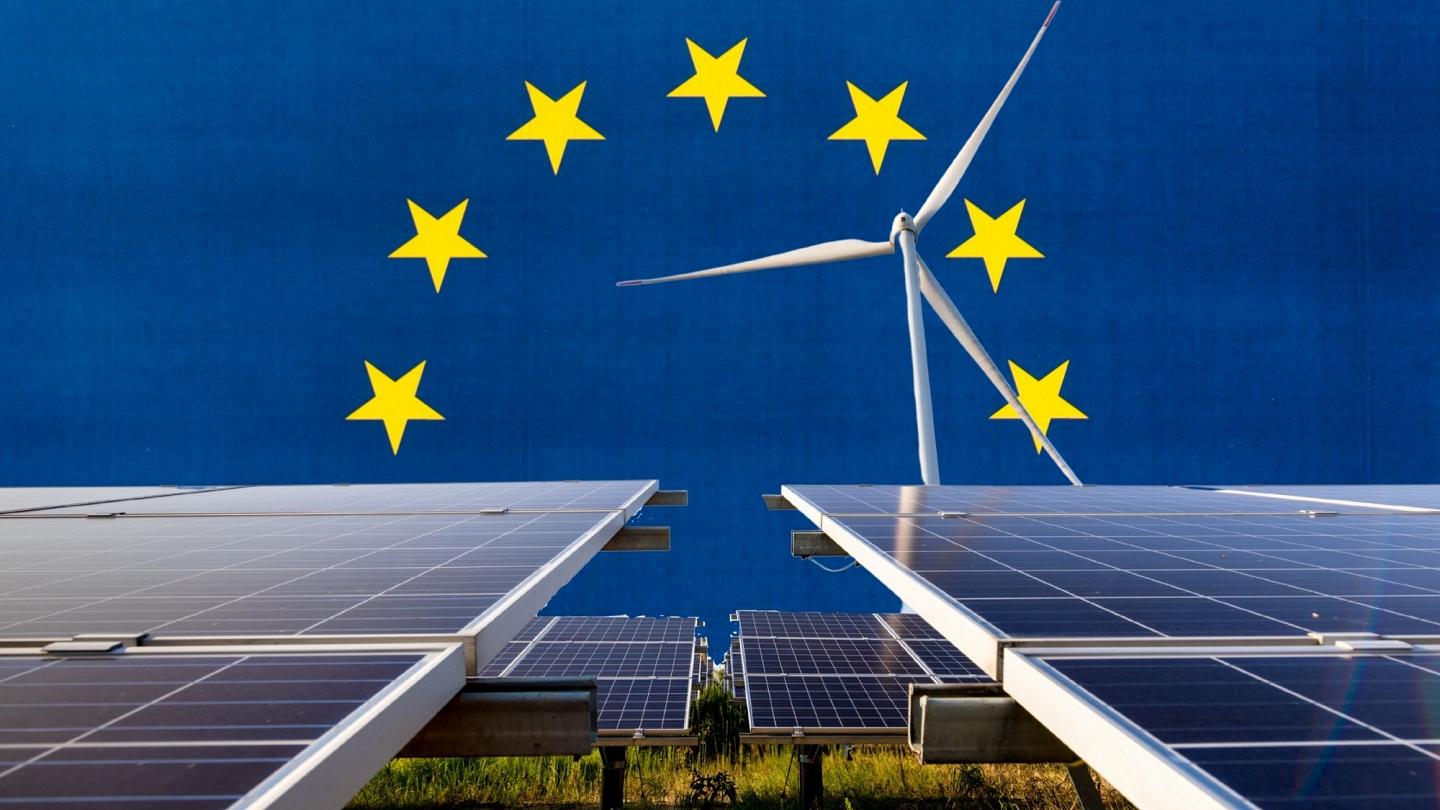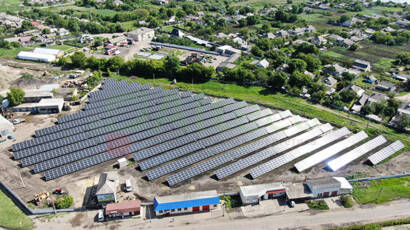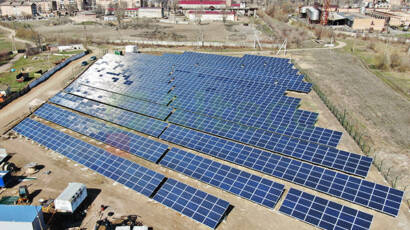 In the European Union in the power industry there was a change of leader: renewable energy has become the largest electricity producer. In 2020, for the first time the 27 countries of the European Union received more electricity from renewable sources than from fossil fuels. The share of coal, gas and oil fell to 37%, while wind, solar, hydropower and biomass provided 38% of total EU generation, increasing production by 10%.
In the European Union in the power industry there was a change of leader: renewable energy has become the largest electricity producer. In 2020, for the first time the 27 countries of the European Union received more electricity from renewable sources than from fossil fuels. The share of coal, gas and oil fell to 37%, while wind, solar, hydropower and biomass provided 38% of total EU generation, increasing production by 10%.
Wind and sun provided a fifth part of all electricity in the EU
These conclusions were reached by two analytical centers specializing in energy issues and the global energy transition – the British Ember and the German Agora Energiewende. In the joint report released in January, they emphasize that there has been “an important milestone with the European transition to clean energy.” This is the fifth study of the EU electricity made by two organizations.

Renewable energy sources (RES) took the lead thanks to the continued rapid growth of wind and solar energy, which increased generation in 2020, despite the economic crisis, by 9% and 15%, respectively. Together they provided 19% (almost a fifth part!) of all electricity in the EU last year: the share of wind was 14%, sun – 5%. The volume of production in hydropower has remained unchanged, the development of bioenergy has stalled, the report says. We add that in Germany the share of renewables last year exceeded 50% for the first time.
The growth of electricity production from renewable energy sources in the EU took place last year in the face of declining demand for electricity by 4%, caused by a coronavirus pandemic and recession. At the same time, the rapid decline in electricity production at coal-fired power plants continued. In 2020, it fell by 20%, and compared to 2015, it decreased by half. As a result, the share of coal and brown coal in electricity generation in the EU decreased to 13%.
The share of natural gas in the EU’s electricity has reached 20 percent

Against this background, the production of electricity from natural gas decreased relatively little – by 4%. The report indicates that low gas prices and higher prices for CO2 certificates have contributed to the holding of the position. This has stimulated the energy companies to use blue fuel more actively: when burned, it emits significantly less greenhouse gases than coal. Despite a slight decrease in gas consumption in last year’s specific conditions, the demand for it increased by 14% compared to 2015, as a result, the share of gas reached 20%, the report says. It turns out that at the moment in the European Union approximately the same amount of electricity is generated from gas as from wind and sun.
The production of electricity at nuclear power plants fell by a record 10% in 2020. “It was the biggest decline since 1990, and possibly ever. It was even more than in 2011, when Germany closed nuclear power plants after Fukushima”, – note the authors of the report and explain this by problems at nuclear power plants in France and Belgium, as well as by the closure of power units in Sweden and Germany.
European coal market has no prospects

The report by Ember and Agora Energiewende once again confirmed the futility of the European market for Russian coal exporters – and, accordingly, for rail and sea transport, serving the supply of this energy carrier in the western direction. Thermal coal consumption fell in 2020 in almost all EU countries, the report says. The Netherlands, Greece and Spain are especially mentioned, where the process of coal refuse is accelerating thanks to the successful development of wind and solar energy.
It should be noted that most EU countries are going to stop using coal in the power sector by 2030. In Germany, this should happen, according to the adopted law, at the latest in 2038, but in 2020, the production of electricity at German coal-fired power plants decreased even slightly more than the average for the EU – by 22%, the report says.



